by James Hart
Most of us have heard the old adage describing war as “months of boredom punctuated by moments of extreme terror,” and World War I is likely its most shining example. So how would you go about portraying the Great War in a video game? If realism is important to you, how would you strike a balance between the historical record and the action that games demand? Considering this, it’s fairly easy to understand why World War I isn’t often the conflict of choice for developer source material.
[text_ad]
But that’s exactly what M2H Game Studios and Blackmill Games are attempting in their most recent title, Verdun. Touted as “the first multiplayer FPS set in a realistic First World War setting,” the developers certainly created a noble effort. After four months of alpha testing, the game’s release features fresh maps and a new game engine that’s sure to make you eager to take on the trenches.
Squad-Based Attack-And-Defend
Based on the epic 303-day battle in 1916, Verdun’s gameplay revolves around back-and-forth pushes along its ever-changing front line. As your team advances or retreats, the map updates depending on how much ground your side gains or loses.
Individual player classes are based on a squad system: there are four squad types to join, and within each you’ll find the four different classes (for example, NCO, Fusilier, etc.) Each class has three tiers, the first of which is immediately available. As you level up, you’ll earn unlock points to reach the later tiers.
To a large extent, teamwork is forced upon you, keeping the game progressing as intended. If you don’t retreat with your team quickly enough, you’ll be “executed” and forced to respawn. The same is true for your attacks; lag behind, and you’ll become burdened with some, ah, rather interesting consequences. These restrictions actually improve the game, rather than confine it, and prevent matches from devolving into a basic free-for-all.
In terms of weapons, you begin the game equipped with a standard infantry weapon—either a pistol or some form of rifle. The developers claim that their “authentic weapons need to be handled with skill, as they each feel differently,” but we found that about half true. With the exception of the pistols, most weapons in the game issue one-shot kills with no extensive loadout options, so one’s just about as good as another.
Regarding these one-shot kills, however, you better get used to them; it’s that kind of game.
Respawning Is the Name of the Game
Most times, you won’t even see your attacker. You’ll be looking down the sights of your bolt-action, looking for a fresh target and a moment later you’ll be staring with bewilderment at your player’s collapsing corpse. And if that’s not enough for you, the barbed wire littering each map can also take you out. Or the chlorine gas, which you’ll find to be far more efficient. Especially at first, you’ll be killed more often than not, and one out of five of your respawns will amount to anything.
It could be argued that this introduces another level of realism into the game—after all, most troops at the Battle of Verdun never saw an enemy soldier, but the casualty rate was still a staggering 70,000 per month. Still, it can be quite frustrating in your first few hours of game time when you’re still struggling to find your bearings.
Revisiting Realism
What about this squad-based advance-and-retreat system overall? What does it really amount to in terms of accurately portraying a World War I battlefield? Well, the developers are certainly pleased with the outcome. “The true WWI battlefield experience has been captured in a real-time dynamic frontline, set in an historically accurate section of the Western Front,” they claim on the Verdun website. “The development team has done extensive field research at Verdun and has been advised by knowledgeable historians to make sure Verdun is as historically accurate as it gets.”
They certainly have done their research in terms of aesthetics; the maps in particular are every bit the pock-marked battlefields we see in the period photos. And big, concerted pushes along the trench lines definitely capture the spirit of the Great War. However, it shouldn’t have to be pointed out that the real Verdun was not a series of 30-minute skirmishes, and on the other hand, simulating a 303-day battle in real time would be ludicrous. Verdun’s developers have done a near-seamless job accurately portraying World War I, inasmuch as a game allows before it stops being fun. They didn’t get the “months of boredom” part down, but of course the game is all the better for it.
The team is still hard at work on its next series of updates, which could include Belgian sentries, Italian assault units and a flamethrower. Even without the future expansions, though, Verdun remains a well-made assault FPS that’s sure to impress.
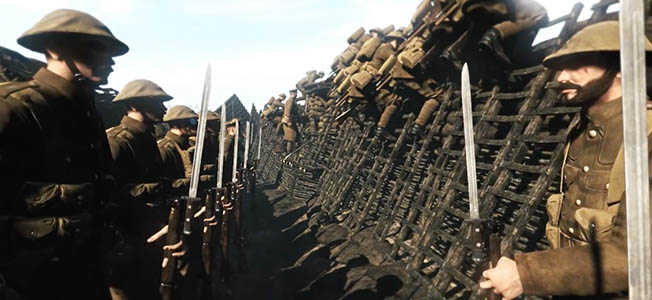
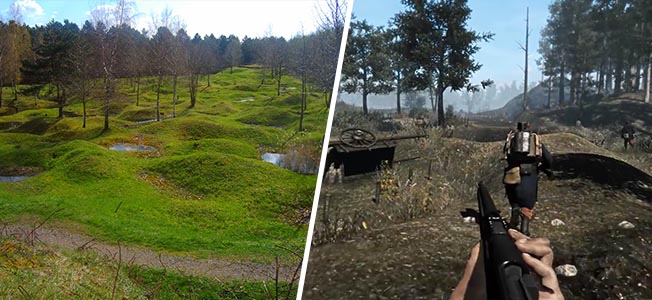

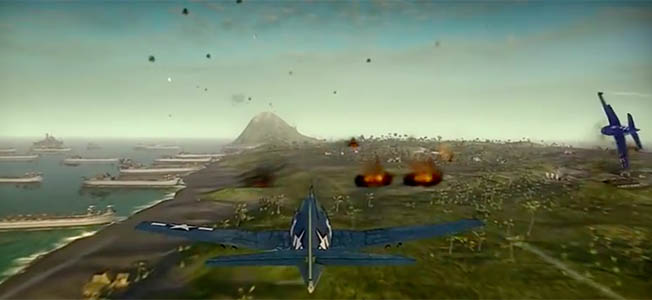
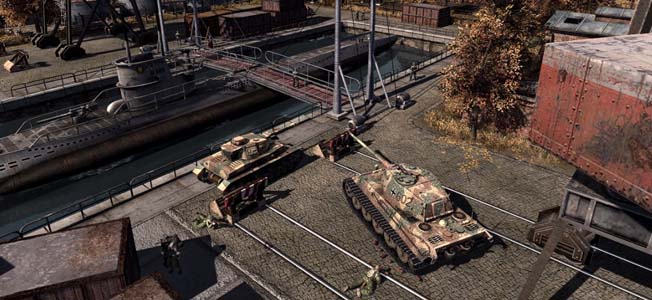

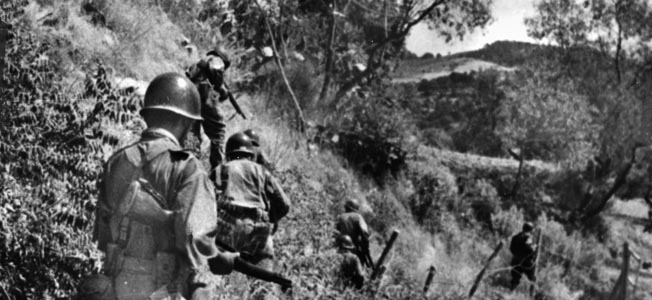
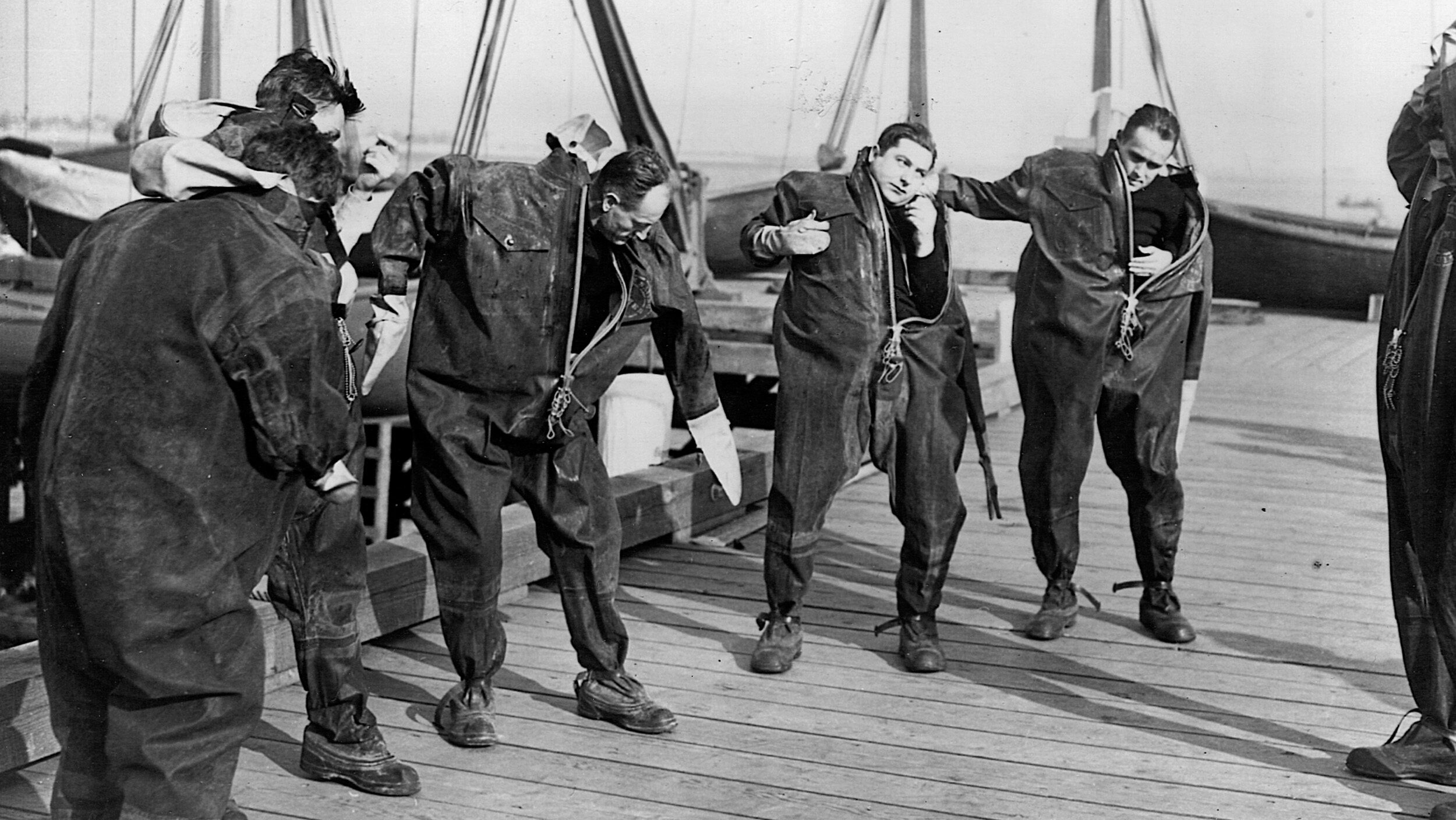
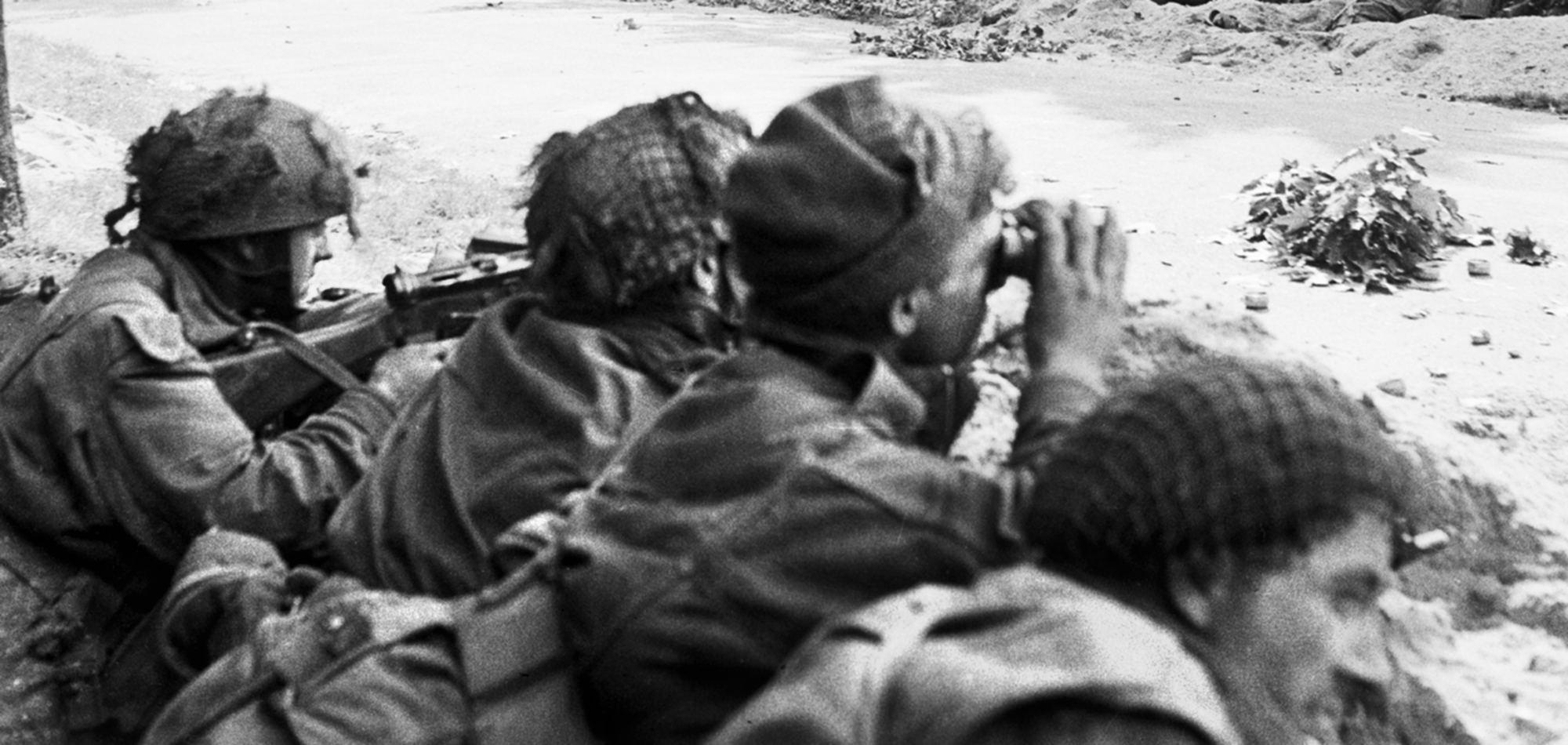
Join The Conversation
Comments